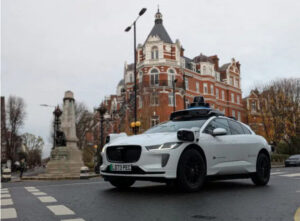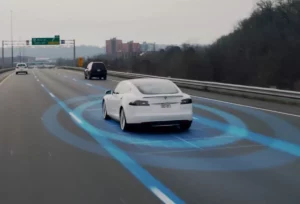University teams from across the world are being invited to race a driverless vehicle at the home of the Indy-500 motor race.
Energy Systems Network and Indianapolis Motor Speedway are organising the Indy Autonomous Challenge, where the teams will set up and program a standard driverless racing car built by Italian company Dallara.
They say the primary goal of the IAC is to advance technologies that can speed the commercialisation of fully autonomous vehicles and advanced driver-assistance systems, leading to increased safety and performance. They add that IAC is a challenging competition to “excite the best and brightest university students from around the world to engage in hands-on engineering firsts”.
“The Dallara-built IAC racecar is the most advanced, fastest autonomous vehicle ever developed,” stated Paul Mitchell, president and CEO of ESN, and co-organizer of the IAC. “Our IAC sponsors are providing radar, lidar, optical cameras and advanced computers, bringing the value of each vehicle to $1 million.”
The race is scheduled for October, with a qualifying simulation race during the Indy 500 week in May.
More than 500 undergraduate and graduate students, PhDs and mentors who excel in artificial intelligence software, have responded to the challenge, representing 39 universities in 11 countries on four continents and 14 U.S. states. No British university is involved, though.
The modified Dallara is retrofitted with hardware and controls to enable automation to enhance safety, control and performance. Components include rugged-edge on-board computing, vehicle-to-vehicle communications, perception systems, high-end graphics processing units drive-by-wire, and artificial intelligence acceleration and powerful central processing units to run IAC teams’ software and algorithms in the race car.
The organisers say one of the challenges for autonomous racing is solving edge case scenarios – challenges that occur only at extreme operating parameters, such as avoiding unanticipated obstacles at high speeds.
“We know how the world’s best race car drivers react in the Dallara, in high-speed scenarios, but now we have to anticipate the actions of a robot,” added dePonti.
(Picture – Indy Autonomous Challenge)






















